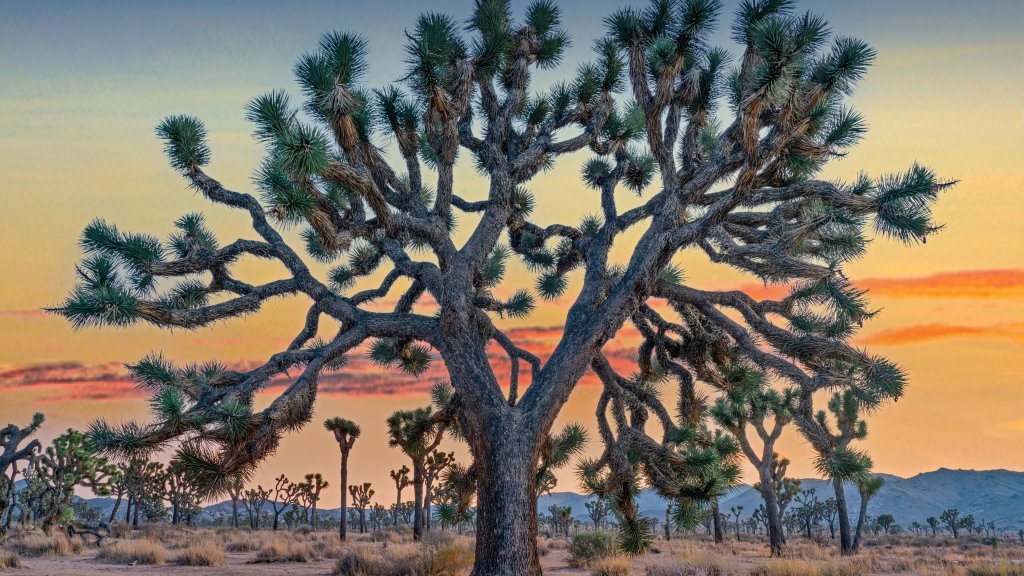Have you ever thought if a Joshua tree is the same as a yucca? Many people get confused about these two plants, but they are different. We will find the differences between Joshua trees and yucca plants. Let’s clarify that Joshua trees and yuccas are not the same, but they do belong to the same family of plants.
Joshua trees are tall and have branches that look like outstretched arms. And Yucca comes in various shapes and sizes. Joshua trees and yuccas may seem similar initially, but they have distinct differences in looks, where they grow, and their scientific classifications.
If you’re curious about various types of yucca plants, let’s check the difference between Joshua trees and yucca plants.
Yucca Plants: A Detailed Glance
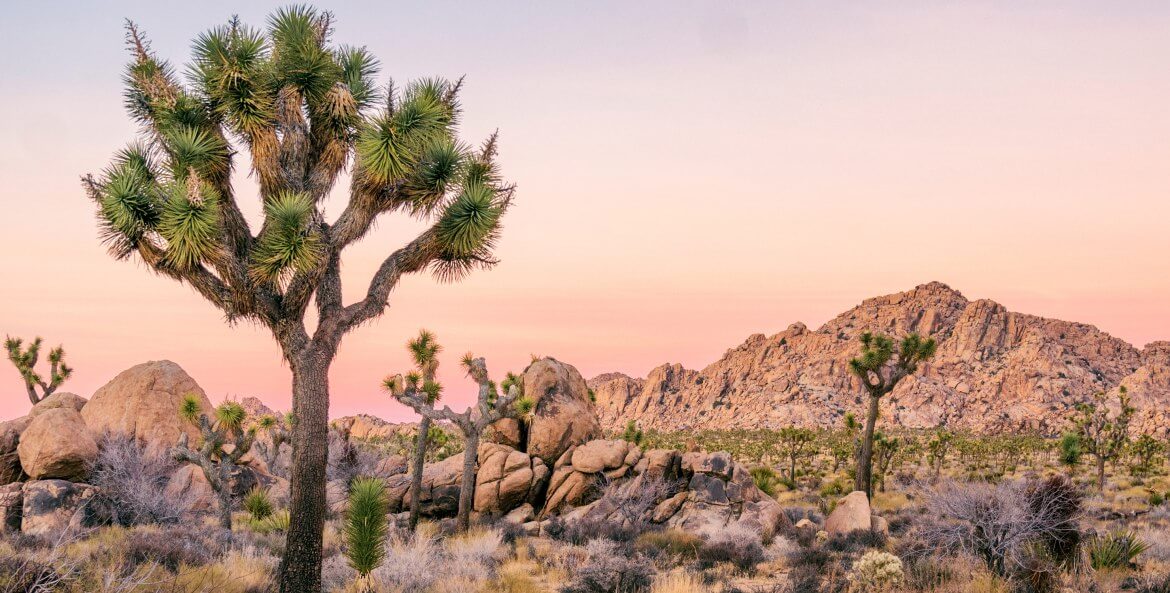
Yucca plants, scientifically called Yucca, are tough, long-lasting shrubs and trees that belong to the Asparagaceae family. They naturally grow in dry North and Central America areas, including the southwestern United States and South America. Yuccas stand out because their unique sword-shaped leaves often have pointy tips and grow in circular patterns around a central stem. Certain types of yuccas also make big bunches of pale white flowers, pollinated by moths that come out at night.
What is a Joshua Tree?
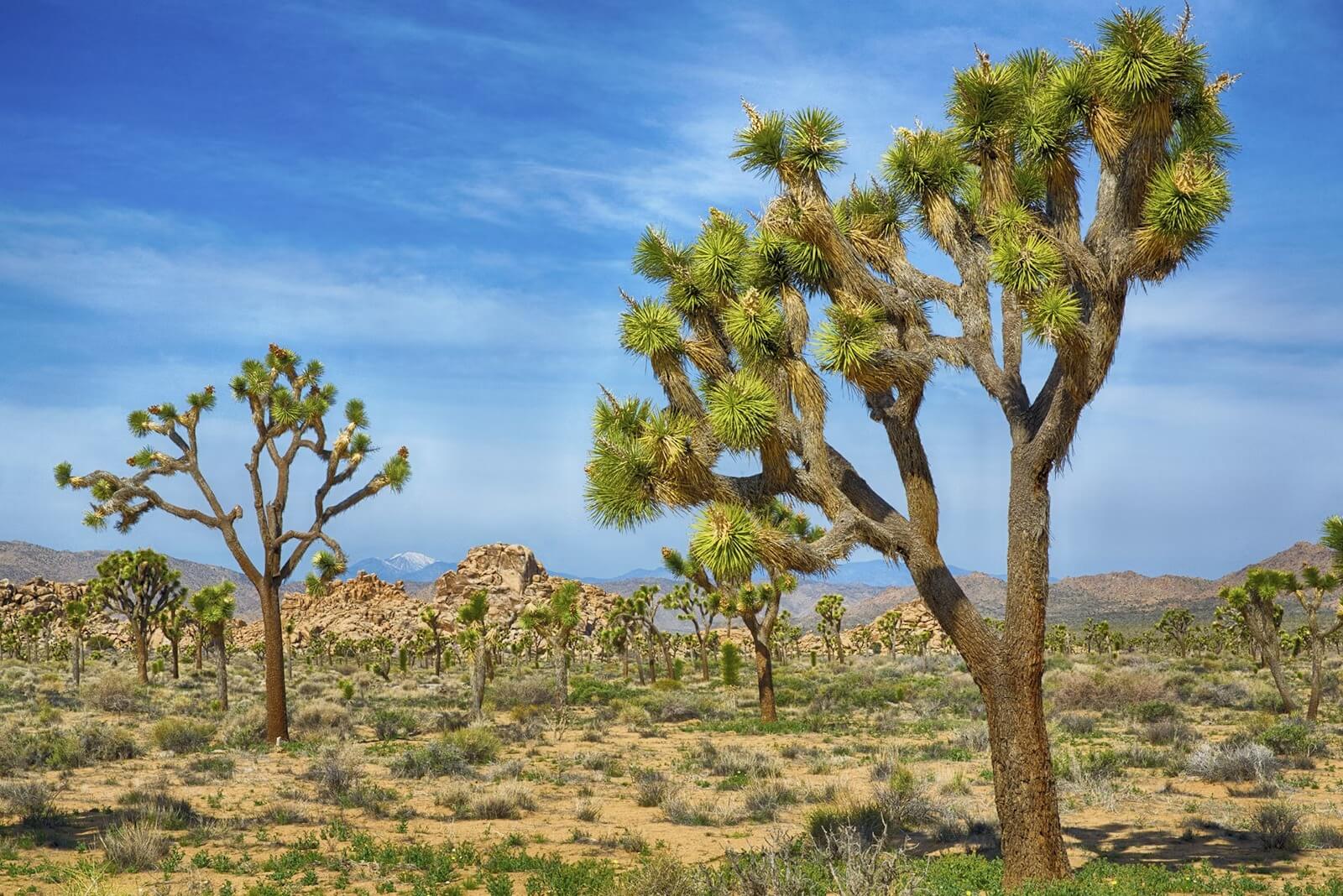
The Joshua Tree, also known as Yucca brevifolia in scientific terms, is a special type of yucca plant that grows mainly in the Mojave Desert in the southwestern United States. Joshua Trees are famous for their unique look, with tall stems that branch out and clusters of pointy leaves that resemble those of a yucca plant. These trees can grow as tall as 40 feet and live for hundreds of years. The name Joshua Tree comes from early Mormon settlers who thought the tree’s spreading branches looked like the biblical figure Joshua.
Difference Between Joshua Tree and Yucca
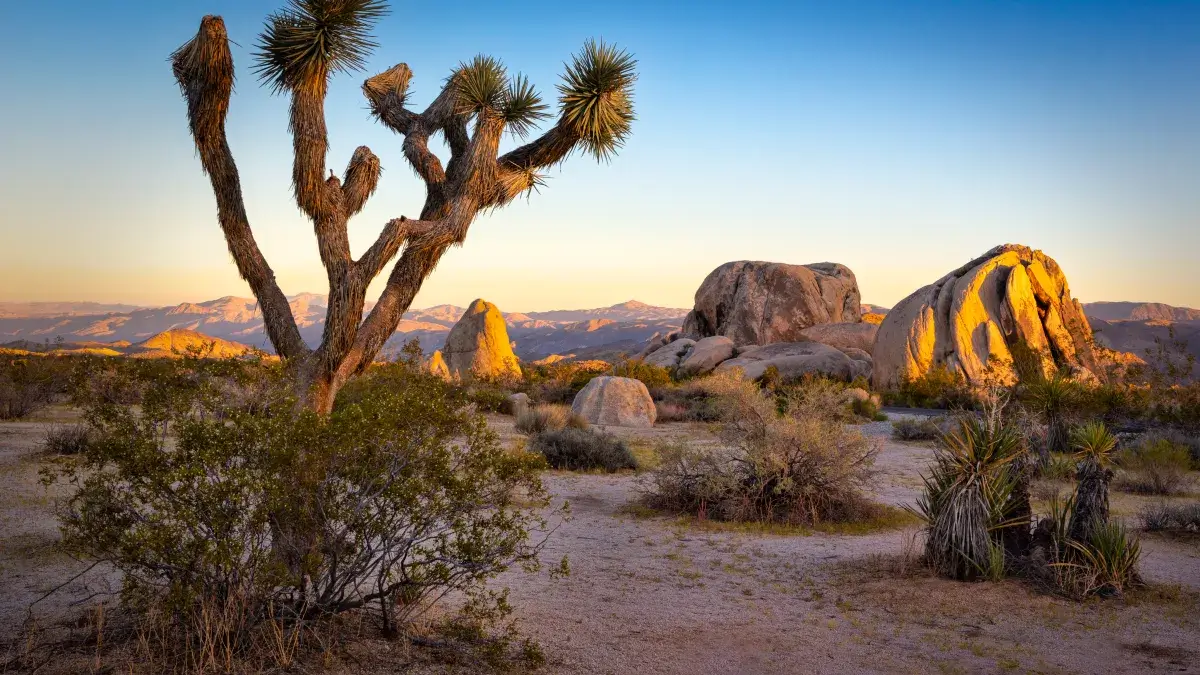
1. Zones
Joshua Trees and yucca plants differ mainly in where they live. Yucca plants are a varied bunch that can be found in many different places, such as deserts, grasslands, and coasts. They stretch from the southern United States down to parts of South America. On the other hand, Joshua Trees only call the Mojave Desert in the southwestern United States their home. They’re pretty much limited to California, Nevada, Utah, and Arizona.
2. Height
One big difference you can see is how big they get and how they grow. Both Joshua Trees and yucca plants have leaves forming a circle shape at the base. But Joshua Trees can grow tall, up to a whopping 40 feet, and have branches that spread out wide. On the other hand, most yucca plants are much shorter, some only a few feet tall. The fact that Joshua Trees grow so tall is one of the things that makes them stand out in the yucca family.
3. Exposure
Joshua Trees and yucca plants have different preferences for where they like to hang out. Joshua Trees enjoy bright, intense sunlight, especially in the Mojave Desert, where the sun can be super strong. On the other hand, although many types of yucca also like lots of sunlight, some are okay with a little shade. You can find yuccas in more diverse places, such as grasslands and coastal areas, where they might get different amounts of sunlight.
4. Bloom Timing
Joshua Trees and yucca plants have different flowering times. Joshua Trees usually bloom from late winter to early spring, typically between February and April, depending on the local climate. Their white, waxy flowers come in big bunches at the ends of their branches. Conversely, yucca plants have a wider range of blooming times. Some types of yucca bloom in spring, while others can flower in the summer or even late summer. When yucca plants bloom, it depends on the particular species and the environment they’re in.
5. Color
Both Joshua Trees and yucca plants have flowers that are white or creamy-white. The main difference lies in how the flowers look. Joshua Tree flowers are usually bigger and are grouped closely together, making an attractive display when they bloom. Yucca flowers, on the other hand, come in various sizes and arrangements depending on the type. Still, they are generally smaller and not as delightful as the beautiful blossoms of the Joshua Tree.
Are Joshua Tree and Yucca the Same?
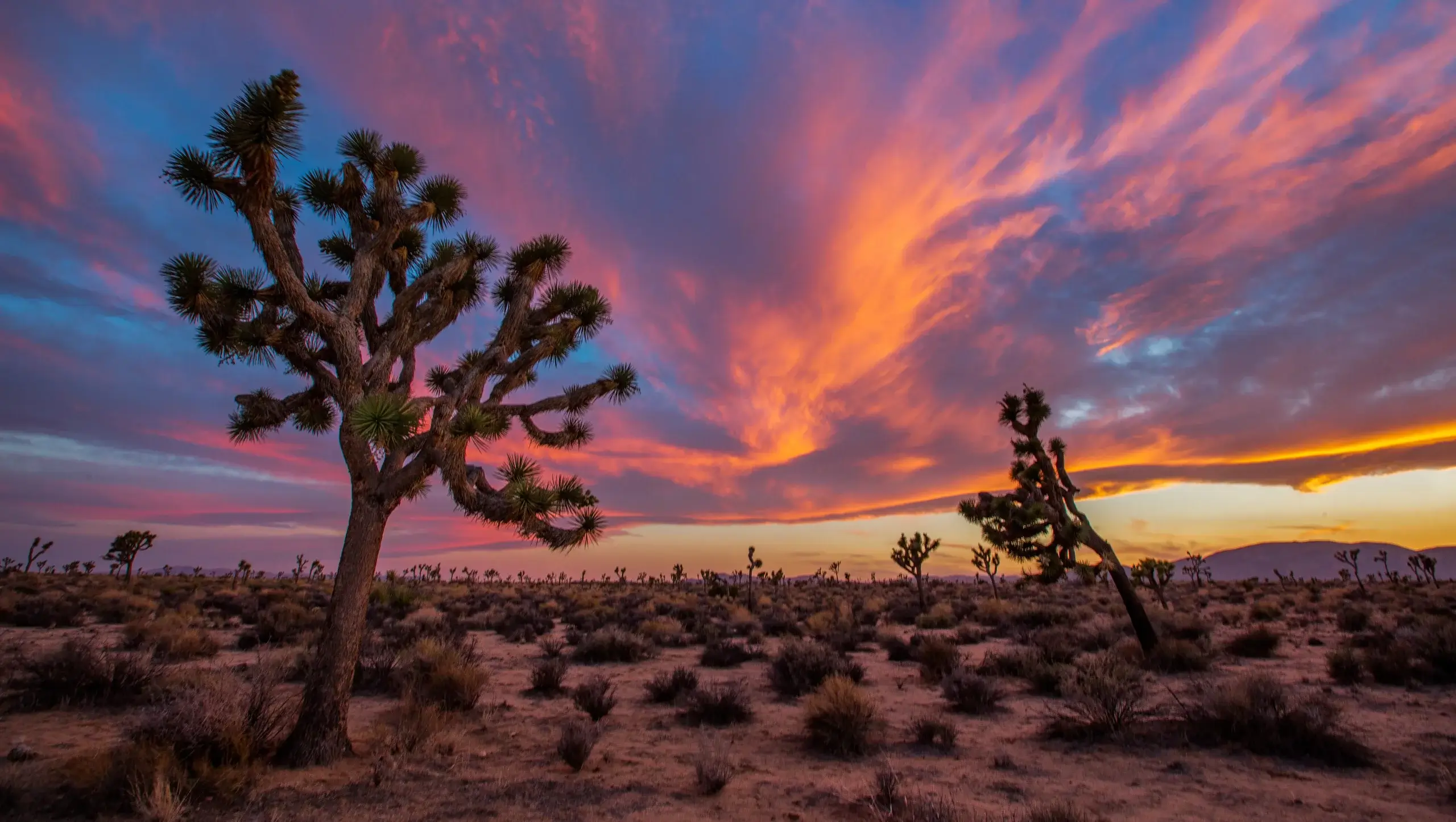
Joshua trees and yuccas are similar, but they’re not the same. Think of Joshua trees as a specific type of yucca called Yucca brevifolia. So, every Joshua tree is a yucca, but not every yucca is a Joshua tree. Yuccas include many different kinds of plants, while the Joshua tree is one special member of this plant family.
Conclusion
Both Joshua trees and yucca may seem similar at first glance, but they are different. They belong to the same plant family but have some important differences. Joshua trees are a specific type of yucca.
Joshua trees are taller and have unique spiky leaves, while yuccas come in various shapes and sizes with different leaves. Joshua trees are a special kind of yucca but have unique features and live in specific places.
They are not the same; they are both fascinating plants that contribute to the beauty of our natural world.
Be sure to check out these other posts for more fascinating insights

